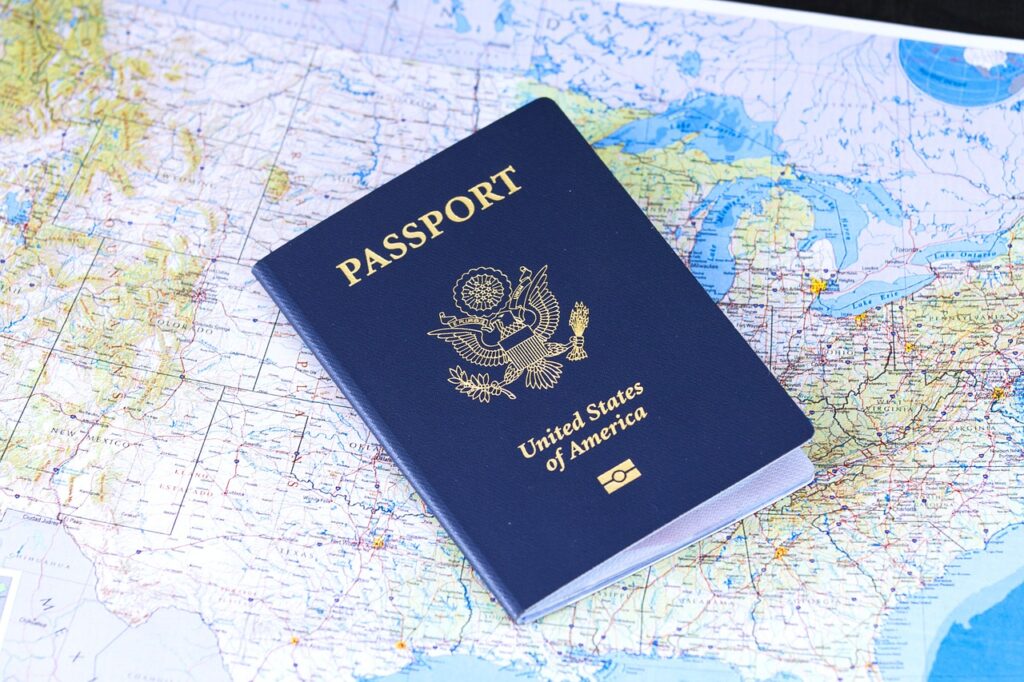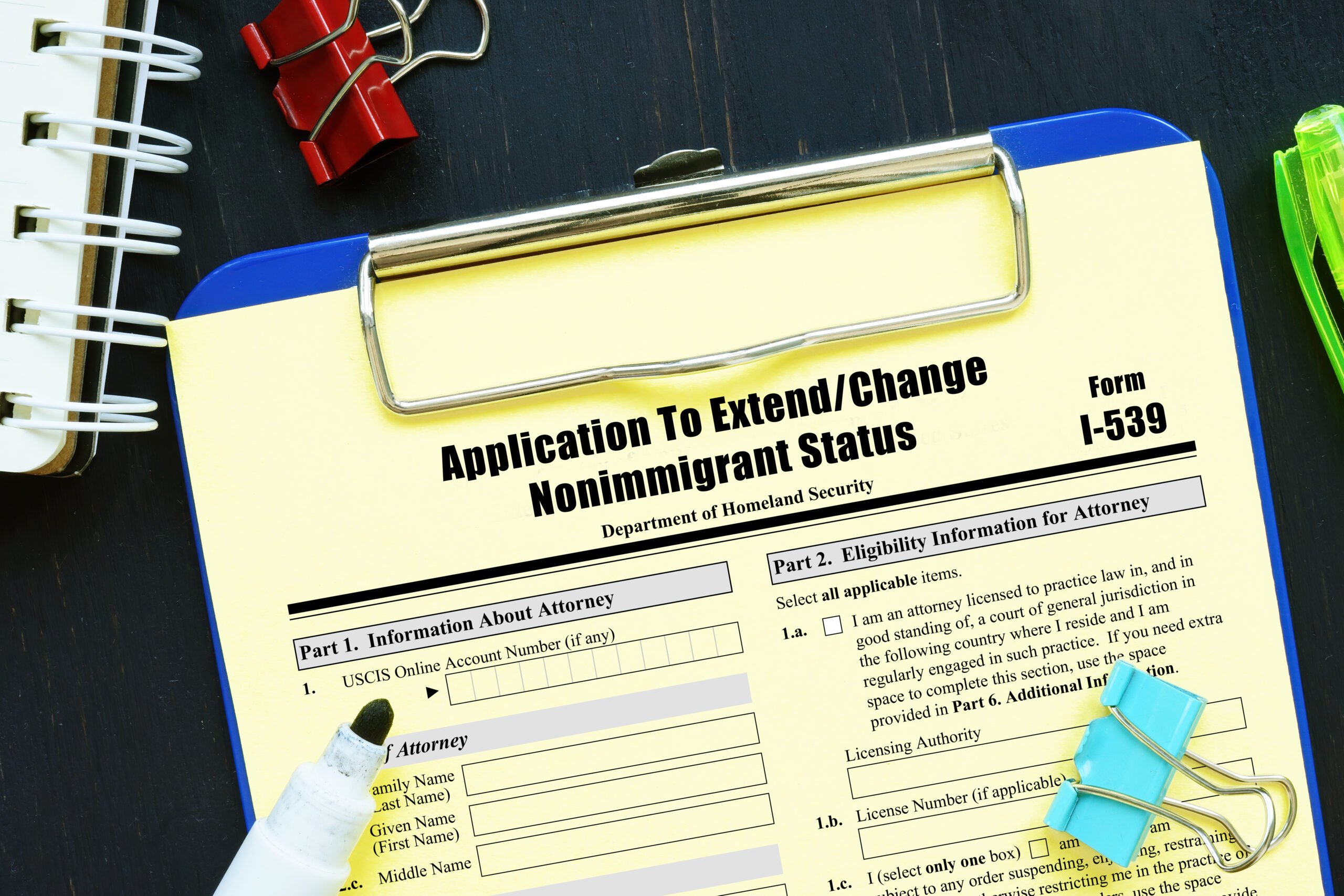Discover the keys to success in your extraordinary ability EB-1A Visa Petition. This concise guide provides essential tips for assembling compelling evidence to support your application. Join us as we navigate the process of showcasing your outstanding achievements and unlocking opportunities for immigration victory. Please remember that this article does not provide any legal advice and if you would like to discuss your immigration situation, please speak with the immigration attorney. If you would like to speak with our lawyer, don’t hesitate to get in touch with us here.
Unveiling the EB-1A Journey
Starting the application process for an EB-1A Visa is the first step on an exciting path towards a green card. This section will explore the importance of proper documentation and provide an overview of the EB-1A requirements.
Unlocking the Power of Documentation
The EB-1A process, reserved for individuals with exceptional skills in their field, demands meticulous paperwork to endorse the applicant’s claims. Proper paperwork serves as the cornerstone of a successful petition, demonstrating the applicant’s outstanding accomplishments and contributions.
Navigating the EB-1A Visa Landscape
Understanding the landscape of the EB-1A process is essential for navigating it effectively.
To begin, applicants must meet the stringent eligibility criteria set forth by the United States Citizenship and Immigration Services (USCIS). These criteria typically include demonstrating extraordinary ability in their field, evidenced by sustained national or international acclaim and recognition. Once eligibility is determined, applicants must undertake the daunting task of compiling a substantial body of evidence to back up their claims. This evidence may include but is not limited to, awards and recognitions, publications, contributions to the field, leadership roles, and testimonials from peers and experts.
Nevertheless, navigating the EB-1A process goes beyond mere paperwork. It requires strategic planning and presentation of evidence to craft a compelling narrative that resonates with immigration officers. Success in EB-1A petitions depends critically on your understanding of the nuances of what USCIS looks for, such as concise and clear attainment records.
As we go deeper into the EB-1A Visa application process, we will clarify these nuances and offer insightful advice and helpful tips to help applicants present their case in the most compelling manner possible.
Extraordinary Ability Documentation Arsenal
In this section, we will explore the crucial records required for the EB-1A application process. To help applicants confidently traverse this part of the process, we aim to provide a complete overview that encompasses topics from understanding the required paperwork to understanding what immigration officers look for in an application.
Building Your EB-1A Toolkit
Building a strong portfolio of bolstering records that highlights your exceptional skills and accomplishments is crucial before starting the EB-1A process. According to USCIS, this toolkit comprises a range of evidence, including:
| 1. AWARDS AND RECOGNITION | Provide evidence of any awards or honors received for excellence in your field. |
| 2. MEMBERSHIP | Show membership in associations requiring outstanding achievement. |
| 3. PUBLICATIONS | Include articles or features about you in professional or major media. |
| 4. JUDGING | Provide proof of serving as a judge for others’ work. |
| 5. CONTRIBUTIONS | Show original contributions of major significance to your field. |
| 6. AUTHORSHIP | Include scholarly articles or papers authored by you in major publications. |
| 7. EXHIBITIONS | Provide evidence of your work displayed at artistic exhibitions or showcases. |
| 8. LEADERSHIP | Demonstrate leadership or critical roles in distinguished organizations. |
| 9. SALARY | Show a high salary or significant remuneration relative to others in your field. |
| 10. COMMERCIAL SUCCESS | Document commercial success in the performing arts. |
Decoding the Blueprint: A Closer Look at Required Documents
It might be a bit challenging to sort through the list of essential records for an EB-1A Visa application. In this section, we will provide a detailed breakdown of each document type, including examples and guidelines for how to gather and present them effectively.
For example:
| 1. Evidence of nationally and internationally recognized prizes or awards for excellence: | Certificates, letters of commendation, or news articles announcing the award. |
| 2. Evidence of your membership in associations in the field that demand outstanding achievement of their members: | Membership certificates or letters from the association confirming your membership status. |
| 3. Evidence of published material about you in professional or major trade publications or other major media: | Gather copies of any articles, interviews, or features about you and your work. Magazine features, online publications, or newspaper articles. |
| 4. Evidence that you have been asked to judge the work of others, either individually or on a panel: | Invitations to serve as a judge for competitions, conferences, or review panels. |
| 5. Evidence of your original scientific, scholarly, artistic, athletic, or business-related contributions of major significance to the field: | Research papers, business innovations, patents, athletic attainments, or artistic creations. |
| 6. Evidence of your authorship of scholarly articles in professional or major trade publications or other major media: | Gather copies of scholarly articles or research papers that you have authored. Include citations or proof of dissemination for these publications. |
| 7. Evidence that your work has been displayed at artistic exhibitions or showcases: | Catalogs, photos of your work on display, or announcements of upcoming exhibitions. |
| 8. Evidence of your performance in a leading or critical role in distinguished organizations: | Letters of recommendation, job descriptions, or testimonials from colleagues or supervisors. |
| 9. Evidence that you command a high salary or other significantly high remuneration in relation to others in the field: | Employment contracts, pay stubs, or letters from employers confirming your salary. |
| 10. Evidence of your commercial successes in the performing arts: | Box office receipts, contracts for performances, or reviews highlighting your accomplishment. |
Insider’s Insight: Crafting a Compelling Narrative
Beyond merely presenting a collection of papers, successful EB-1A petitions tell a cohesive and compelling story of the applicant’s extraordinary accomplishments. Understanding what immigration officers look for in EB-1A files is crucial for crafting a narrative that resonates and persuades.
Immigration officers are not only interested in the records provided but also in the story behind them. Your narrative should outline not just your attainments but also the path that led you there. This could include overcoming difficulties, developing innovations, and contributions to your field.
Steering Clear of Pitfalls
Within this segment, we will identify some of the most common documentation mistakes made by EB-1A applicants and provide practical tips on how to avoid them.
Avoiding Common Documentation Disasters
Even though documentation is crucial, a lot of EB-1A candidates make common mistakes that could lead their petitions to be disapproved. These errors could consist of:
Delays or denials may occur due to a lack of necessary paperwork or the incorrect presentation of evidence. Applicants must ensure they collect and submit all required paperwork with precision and thoroughness. This entails avoiding the submission of weak or insufficient corroborative information and failing to adequately demonstrate extraordinary ability or impact in their field. Petitioners must focus on eligibility criteria, it is crucial to thoroughly understand the criteria for this visa, ensuring and proving that their paperwork addresses each criterion comprehensively.
Charting the Course to Success: Best Practices
To avoid falling into these common pitfalls, applicants must adopt best practices for accurate documentation. This includes:
- Research and Preparation: Familiarize themselves with the specific paperwork requirements and gather evidence that clearly demonstrates their eligibility.
- Professional Guidance: Consulting with experienced attorneys can provide guidance and assistance throughout the application process.
- Attention to Detail: Applicants should pay close attention to detail when compiling and presenting evidence, ensuring completeness and accuracy before submission.

Crafting Your Story Across Fields
From technology to business, arts to athletics, each profession has unique requirements and expectations when it comes to demonstrating extraordinary ability.
Tailoring Your Tale: Documentation Strategies for Every Profession
Within the context of different professions, we will delve into specific paperwork strategies, including:
- Business Entrepreneurs: Showcasing leadership, triumph stories, and significant business achievements.
- Technology Entrepreneurs: Highlighting innovations, patents, and contributions to the advancement of technology.
- Cybersecurity Experts: Demonstrating expertise, contributions to cybersecurity advancements, and recognition within the industry.
- Artists and Performers: Presenting artistic achievements, exhibitions, performances, and critical acclaim.
- Athletes: Proving athletic achievements, records, championships, and contributions to the sport.
Diverse Paths, Unified Excellence: Special Considerations
While each profession has its unique file requirements, there are overarching principles that apply across all fields. Special considerations and practices for crafting a compelling narrative that transcends professional boundaries include:
- Emphasizing Impact: Regardless of profession, immigration officers are interested in the impact of your achievements on your field and beyond. The main goal for applicants should be to show how their work has significantly changed the world.
- Providing Context: Giving immigration officials a background on your accomplishments aids in their comprehension of the importance of your contributions to your field. Applicants should explain the broader context of their work.
- Leveraging Supporting Evidence: All the abovementioned paperwork plays a crucial role in demonstrating extraordinary ability. Applicants should leverage these resources effectively to strengthen their case.
The Power of Reinforcement: Elevating Your Narrative for the Green Card Process
Letters of Valor: Endorsements that Speak Volumes
One of the most powerful forms of upholding evidence is letters of recommendation and endorsements from peers, colleagues, and experts in your field. These testimonials provide independent validation of your achievements and can significantly bolster your EB-1A petition. In this section, we will discuss the importance of letters of recommendation and provide guidance on securing impactful endorsements, including:
- Selecting the Right Endorsers: Selecting people who are reputable and well-liked in your industry to offer strong recommendations.
- Designing Persuasive Letters: Providing endorsers instructions on how to highlight your remarkable skills, talents, and impact in their letters of recommendation.
- Highlighting Diversity of Support: Securing endorsements from a wide variety of people, such as peers, mentors, collaborators, and industry leaders, in order to demonstrate broad recognition and acclaim.
FAQ
How long does it take to process an EB-1A procedure?
Processing times vary but can range from several months to over a year, depending on USCIS workload and other factors. For an additional fee, you can opt for Premium Processing Service offered by USCIS, which processes the petition within 15 calendar days. This can be crucial for individuals needing quicker decisions for travel, employment, or other purposes. To request this premium processing, petitioners must submit Form I-907, along with the required rate, alongside their petition.Can I apply for an EB-1A Visa if I am currently residing in the United States on a different visa status?
Yes, individuals currently residing in the United States on a different visa status, such as an O-1, H-1B or F-1 Visa, can apply for an EB-1A Visa. However, they must meet the eligibility criteria for the EB-1A Visa, including demonstrating extraordinary ability in their field.Can I include my family members in my application?
Yes, eligible family members, including spouses and unmarried children under 21 years of age, can be included in the EB-1A Visa application as dependents. They can accompany the primary EB-1A Visa holder to the United States and are eligible to apply for derivative visas to join the primary visa holder.









